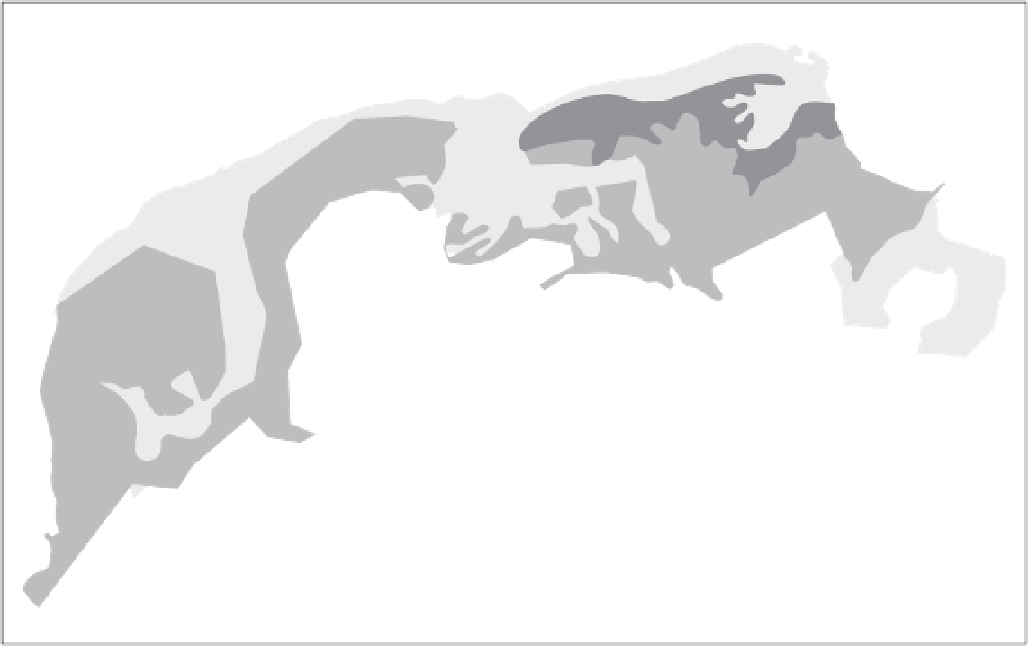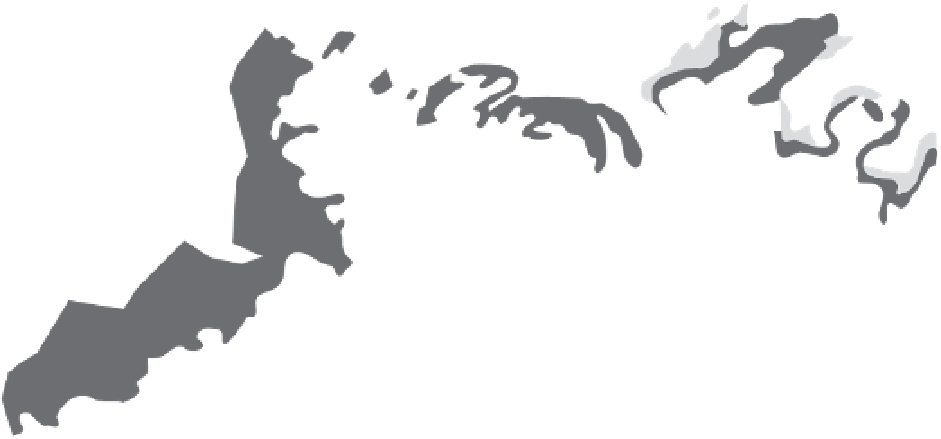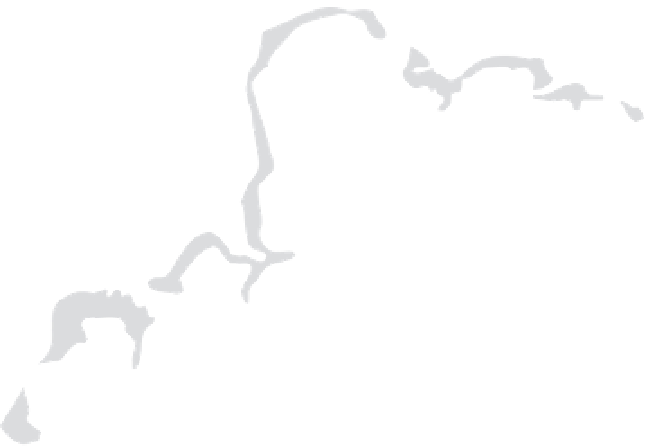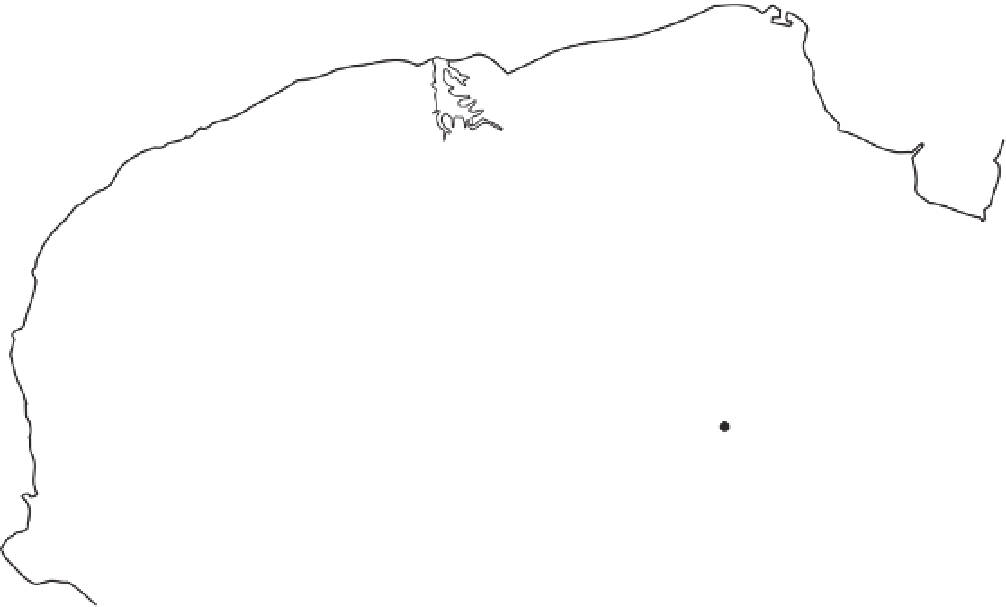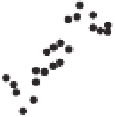Environmental Engineering Reference
In-Depth Information
Not all estuaries are dammed. In 1986 a sluice-gate
barrier was completed in the mouth of the Ooster-
schelde estuary, the Netherlands. It can be closed
during storm surges. Although the barrier allows tidal
exchange, the tidal fl ow has been restricted. This
caused a 26 cm decrease of the mean high tide and
hence a decreased inundation frequency of the marsh.
Most plant species had moved down along the eleva-
tional gradient (de Leeuw
et al
. 1994 ).
More small-scale processes took place in north-
eastern United States. During the twentieth century,
about 2000 ha (30%) of Connecticut's tidal marshes
were degraded or lost through coastal development.
Tidal fl ow to many marshes was restricted by the con-
struction of impoundments, producing microtidal
environments in which the non-native haplotype of
Phragmites australis
or, less frequently,
Typha angustifo-
lia
became established at the expense of typical tidal
marsh communities. In addition to these human infl u-
ences,
P. australis
has also invaded brackish tidal
marshes in the lower Connecticut River system where
salinity levels are often reduced by freshwater inputs
(Fell
et al
. 2000 ).
19.3.3
Exploitation
Salt production is one of the most ancient estuarine
industries. The oldest indication is a Bronze Age salt-
evaporating hearth (1400 - 1130
BCE
) in Essex, United
Kingdom, and there were many Iron Age, Roman and
medieval salterns around the English coast (Fleming
2004 ). The fi rst colonists on salt marshes in the north-
west European mainland settled on the highest parts
of the marsh, on levees along watercourses, in the
seventh century
CE
. Farmsteads were initially built on
the marsh bed. In response to increased risk of fl ood-
ing, people started to build their dwellings on artifi cial
mounds. The number of mounds along the northern
coast of the Netherlands suggests intensive exploita-
tion of the salt marshes (Figure 19.2). When salt
marshes extended seaward, new settlements were built
Groningen
Leeuwarden
artificial mound
open water (until 1000
CE
)
salt-marsh ridge (200-1000
CE
)
salt marsh
fen
clay on peat
sand
Figure 19.2
Landscape types and the occurrence of artifi cial mounds along the northern coast of the Netherlands about
1000
CE
. Copyright Cultural Heritage Agency, Amersfoort, The Netherlands.
